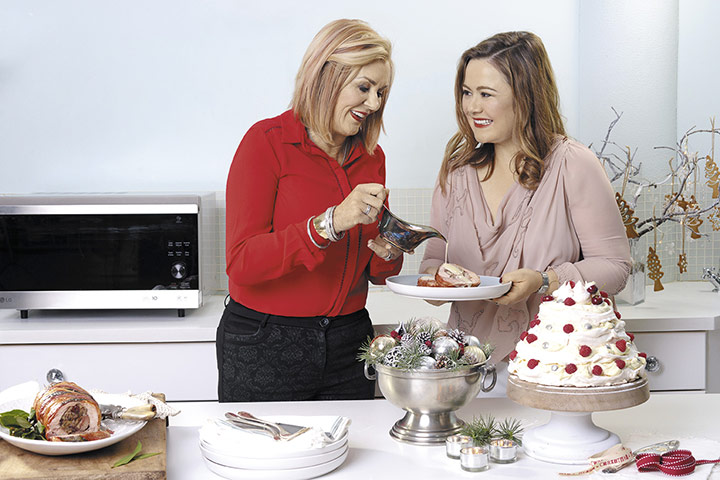NON-STICK FINISHES
• Clean non-stick pans with a cloth in hot soapy water, rinse and dry well.
• Never use metal utensils as they will scratch the non-stick finish and expose the metal underneath.
• Using steel wool or Goldilocks to clean non-stick pots and pans will damage the non-stick coating.
COPPER POTS AND PANS
• Copper pots are excellent conductors of heat, but unfortunately a poisonous layer of green verdigris can form when food, liquids and air are combined. This is the reason why copper pots should be lined before using them for cooking. Most modern copper pots already have a silver lining. If you are using older copper pots that are not lined, use foil to line them before cooking.
• Copper pots need constant polishing to keep their rich golden-red colour
ENAMEL CAST-IRON POTS
• Before you use a pot for the first time, it needs to be “seasoned”. Heat the pot slightly and wash it thoroughly with hot soapy water. Dry well and heat again with a little oil over high heat until it smokes. Keep the pot on a high temperature for a few minutes, tilting the pan so that the oil runs and coats the whole of the bottom of the pot. Let it cool, then wipe away any excess oil with paper towel and coarse salt.
• To ensure even cooking, let enamel pots heat up first before cooking. But be careful – enamel pots retain heat exceptionally well.
• Wash your pots in plenty of soapy water. Soaking the pots helps to lift any stubborn particles that are stuck to the bottom of the pot.
GENERAL CLEANING TIP
If you’ve burnt food at the bottom of the pot, scrape off as much as you can with a plastic spatula, then fill the pot with a little salty water or liquid soap and bring to the boil. The burnt particles should then come away more easily.









